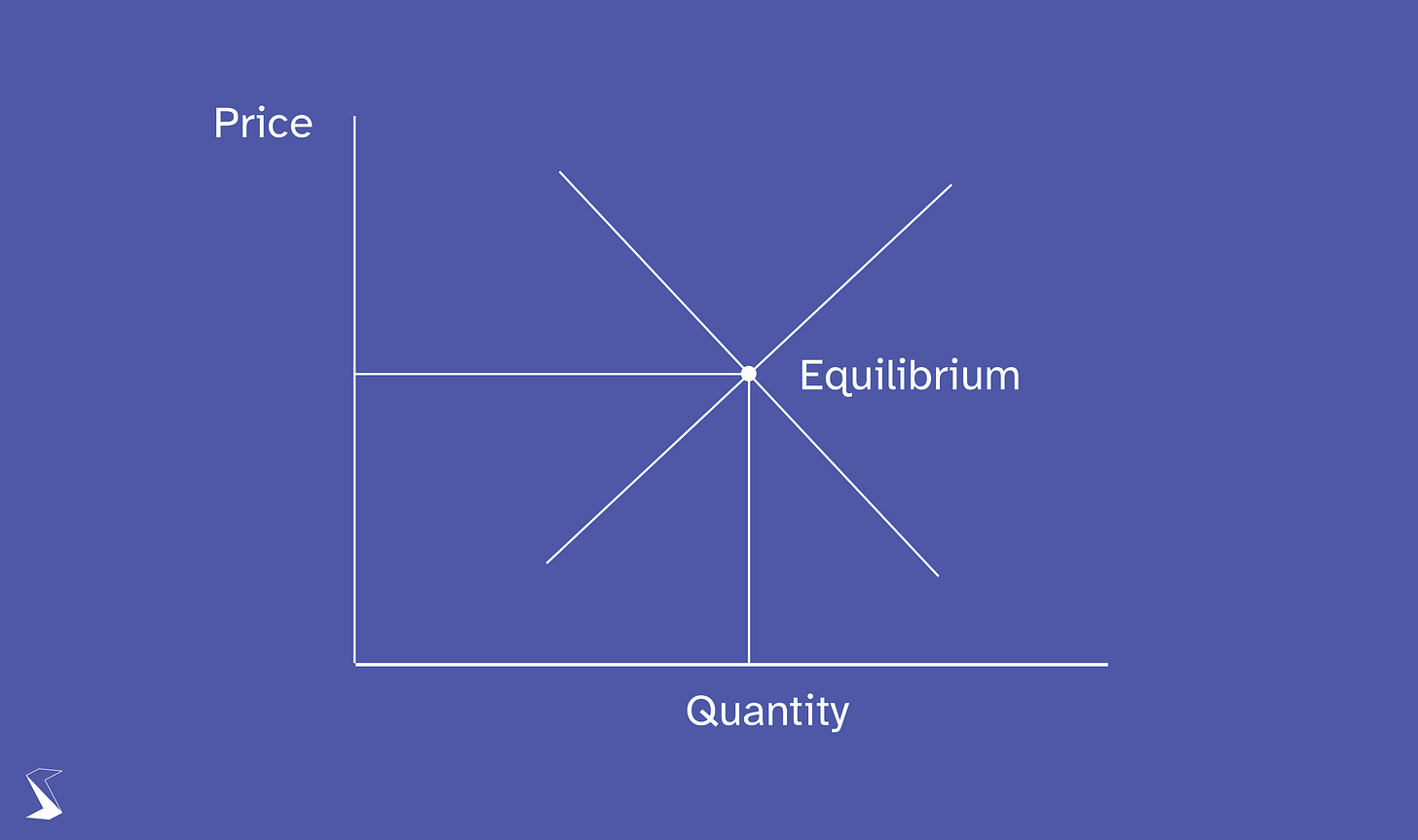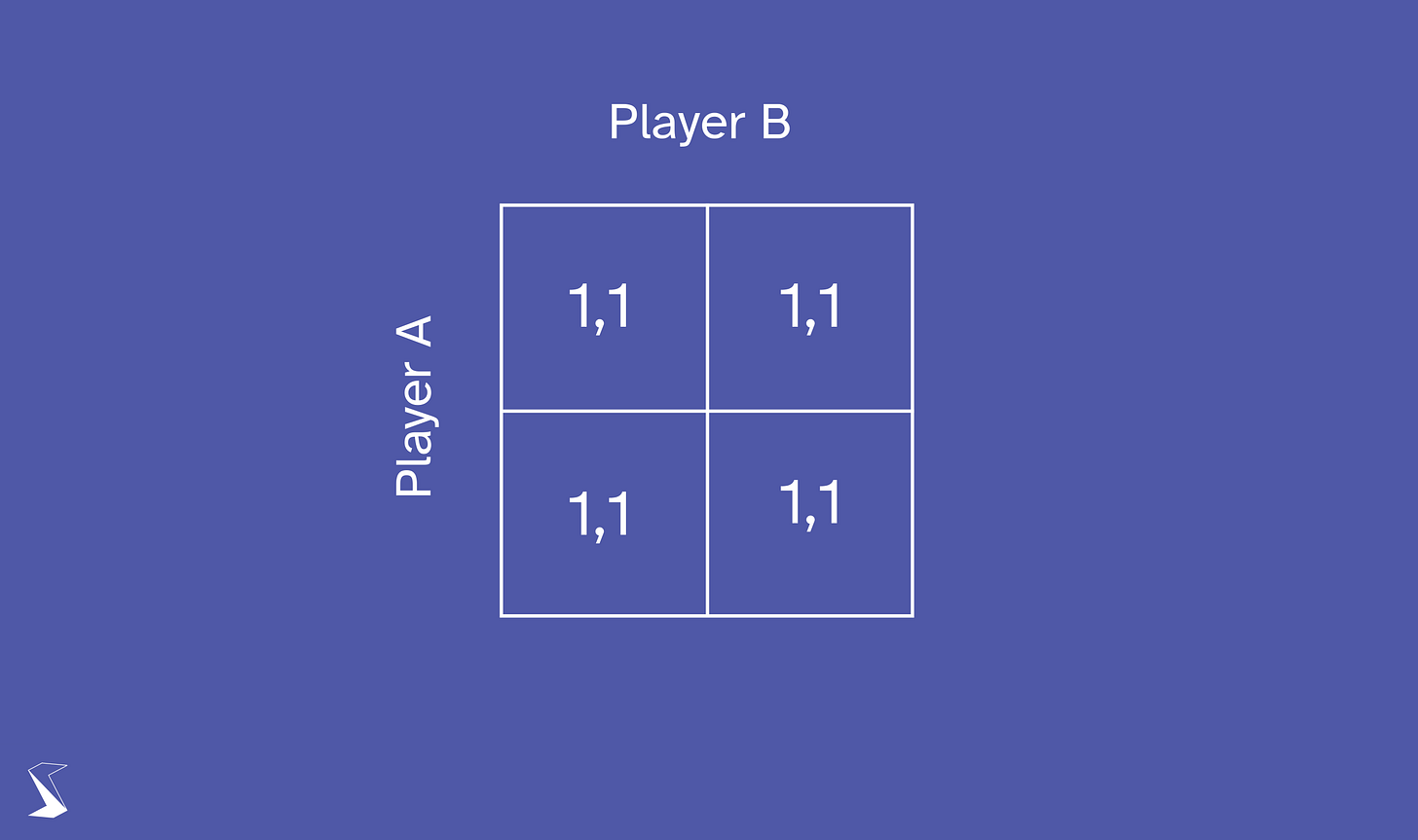'Startuping'- What freelancing has taught me about markets & economics pt.16
Post 16th of my startup blog
I have been experimenting with my content for the past few weeks, I made a post about what I had learned from posting content on Reddit and also made a post about the most gut-wrenching lessons I had learned in my startup journey so far. Both of these posts did better than I expected: they doubled both my free and paid audience.
Learning from these posts, I have figured out that you ‘the reader’ want me to write more about the lessons I have learned from my experiences. Keeping with that trend, this post is about my learning about markets from being a freelancer.
A bit of context
I began freelancing as a graphic designer in high school, by doing some projects on Upwork.
I am still freelancing but have changed my niche to data analytics/science. Over these years, freelancing has taught me a fair bit about markets and pricing, which I will share in this post.
Most segments in freelance sites have perfect competition
Perfect competition is the theoretical market structure where there are an infinite number of producers all producing the same good or service. Which resembles freelance marketplaces like Upwork etc. The governing principles of perfect competition are the following:
All producers are ‘price takers’, so an individual producer has no pricing power. The market sets the price!
Everyone produces an identical product or service because barriers to entry are non-existent.
All players have perfect information, both buyers & sellers.
The economic profit for producers in equilibrium is zero!
In simple terms, you can’t charge your prices in a perfect competition environment, the invisible hand of the market does it. Freelance sites attract tonnes of people who are gunning for the same jobs with similar offerings.
Economically speaking it is not profitable to do so in the long run. Only a handful of segments are not in perfect competition. So your freelance strategy should first focus on which segment you’re targeting.
Segment or niche is what determines your success. A segment strategy is not just about the skillset but the holistic product you offer, which includes things like your written communication, portfolio & prior experience.
Take logo design as the service offering, you would see that the majority of jobs pay too little and the people gunning for them are all in a rat race to the bottom. In between some of these jobs are high-paying jobs, getting those jobs requires the right portfolio, english proficiency, and methodology (like A/B Testing designs, incorporating artistic design philosophy, etc).
Information asymmetry is prevalent
Perfect competition is an economic model that almost perfectly models freelance sites. Stress on the ‘almost’ bit, one way it fails is that not everyone has the same information. Some players can lose out due to information gaps. Information gaps mostly happen in these three categories:
Inexperienced participants: This happens both with buyers and sellers. On a freelance site, a newbie buyer is more likely to over/under budget a project & a newbie seller will either sell their services too cheap or bid unrealistically high.
Technical blackouts: Examples are when you can’t see the bids of other participants, some sites categorize jobs according to keyword/metadata so if you’re not targeting those you won’t see those jobs & lastly there are some insights that the platform hides from all participants.
Geolocation-based asymmetry: High-income countries have higher rates, and poorer countries have lower rates. Language also matters, some job postings are in the local language, and lastly, there are different laws regarding taxation or employment.
Here is how you can use these asymmetries to your advantage
Disclaimer: These are highly specific to certain circumstances & the takeaway is that you infer the underlying reasoning and adapt to your circumstances.
Pitch to new clients when trying to raise prices: A new client will likely not be as experienced in what to charge, so they are likely to negate your previous wage rates.
Timezones, are important: Looking to get clients from high-income countries? Adapt bidding or sending proposals during their time zones. Hint many proposals come early in the morning (7 am-9 am) & not many freelancers are early risers.
Niche or new skills can catch a premium: Four years ago, the general public had no idea what is OpenAI & ChatGPT. Now there are floods of jobs requiring you to use Generative AI, and the exact pricing is not well known. You can get a premium for something trending or niche (like SAS developers).
Incorporate an Agency in high-income countries to get higher rates: Many clients have a bias when it comes to pricing from low-income countries, you can mitigate it by establishing a legal entity in high-income countries
Post fake jobs in your niche to size your competition: Want to know how your competition prices itself? Post a job and see for yourself.
Information is a key aspect of pricing in any marketplace but there is also price positioning.
The next part of this post is paid, ‘Startuping’ blog won’t be possible without our paid subscribers. Please do consider buying a subscription, it will help us produce more quality content!



